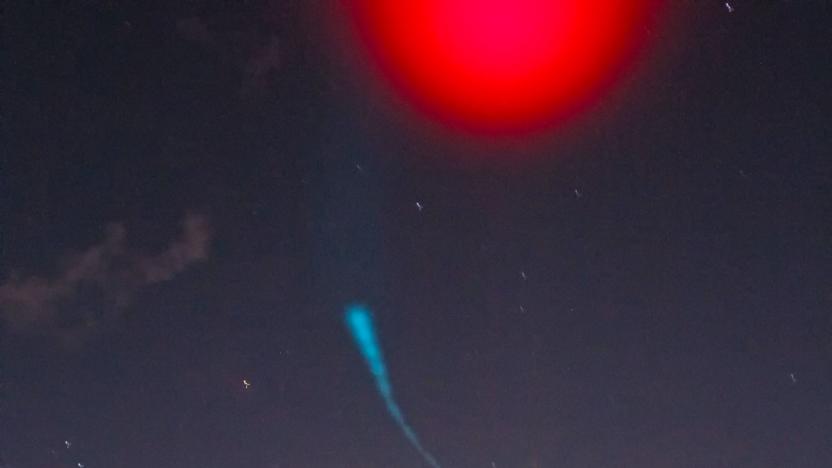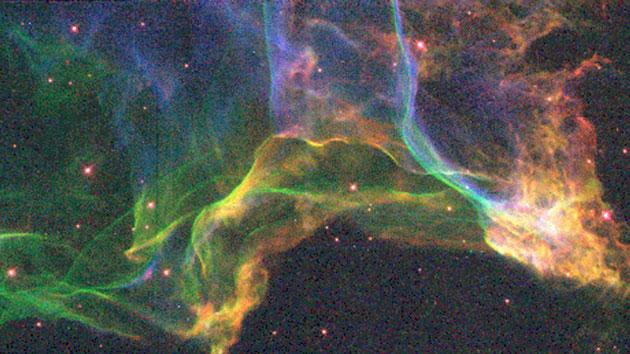soundingrocket
Latest

Japan launches smallest rocket ever to carry satellite into orbit
Japan has set a new spaceflight record -- and unlike most of these feats, it's defined by what wasn't involved. The country's Aerospace Exploration Agency (JAXA) has successfully launched the smallest-ever rocket to carry a satellite into orbit, a modest SS-520 sounding rocket modified with a third stage inside its nose cone to get its payload into orbit. As you might guess, the key to the record was the tiny cargo -- the rocket was carrying TRICOM-1R, a three-unit cubesat measuring just 13.6 inches long. You don't need a giant vehicle when the mission hardware would fit in the backseat of your car.

NASA will put on a colorful cloud show for the East Coast tonight (updated)
East Coast-ers should take a look up tonight, because NASA is putting on a show. As part of an experiment to track how particles move in space, researchers are releasing bright, color-changing vapors into the sky.

Cheap satellite-launching rocket fails on its maiden flight
Satellite-launching rocket programs like SpaceX, Virgin Galactic and Blue Origin are household names thanks to the larger-than-life personalities behind them. But you may not know about a modest program called Super Strypi. Developed by the University of Hawaii, Sandia National Laboratories and Aerojet Rocketdyne, it aims to use a small, three-stage "sounding rocket," to launch 300 kilogram (660 pound) payloads into low-earth orbit. Now that you're acquainted with it, we have bad news: It failed on its maiden launch in Kauai. The official video (below) shows the rocket apparently losing control, while a spectator video shows the in-flight breakup about 60 seconds after launch.

NASA's next rocket will sniff the remnants of a supernova
There's been a lot of space stories this week, including rockets going up, satellites coming down and supply craft doing both, but not in the right order. Not to be deterred, NASA is talking up its next big experiment which will send a probe to examine the contents of the Cygnus Loop, a remnant of a supernova that exploded 20,000 years ago. The mission will involve a sounding rocket, which will sniff the x-rays that are still being emitted from the stellar event, which scientists hope will help them understand what it's made up of.

Visualized: Telescope aboard suborbital NASA rocket takes clearest ever images of sun (video)
NASA has shown just what it can do with the short window of science allowed by its "sounding" or sensor-equipped suborbital rockets -- having taken the sharpest pictures ever of the sun's corona. A 460-pound telescope called the High Resolution Coronal Imager (Hi-C) was lofted for about 10 minutes into space, ample time for its mirrors to capture over 150 images of the solar fringe at 16-megapixels each, before parachuting back to earth. The scope shot exclusively in a sun-friendly high ultraviolet range and used innovative new optics consisting of an array of mirrors, allowing it to resolve the sun down to 135 miles. That bested the previous champ, NASA's own Solar Dynamics Observatory, with almost five times the magnification. For maximum effect, the space agency took advantage of an unusually high amount of solar activity to focus on a large, active sunspot. To see the results in glorious multihued HD, check the video after the break.



